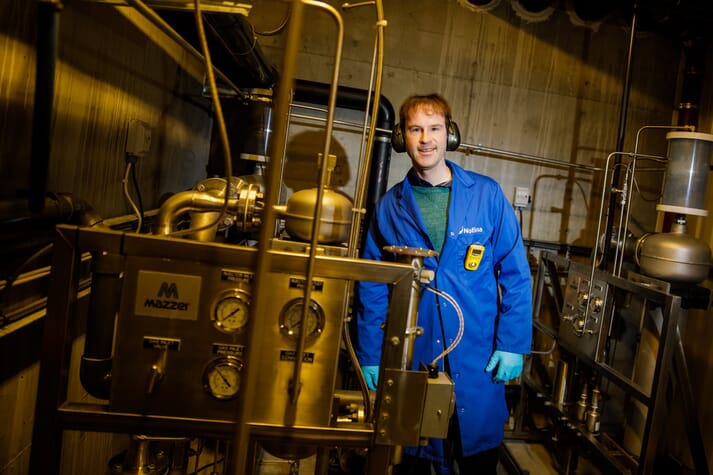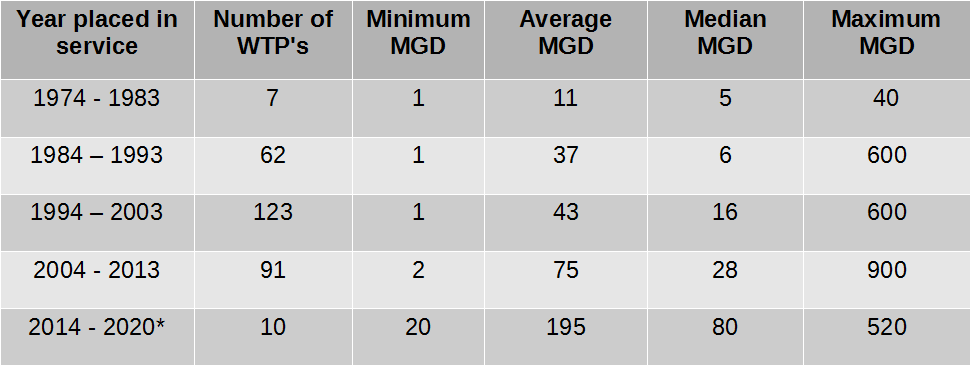Here is a great open article on the use of ozone in aquaculture. Full article here:
https://thefishsite.com/articles/whats-the-optimum-ozone-level-in-ras-facilities
What’s the optimum ozone level in RAS facilities?
Scientists have determined that salmon post-smolts tolerate similar levels of ozone in brackish water – which is increasingly used in RAS facilities – as they do in freshwater.

Ozone is a strong oxidant, commonly used for improving water quality and disinfecting pathogens in freshwater fish farms. When ozone reacts with certain constituents of seawater, however, toxic byproducts can severely impact the health of fish populations. As brackish water is increasingly introduced in farming post-smolt salmon, thresholds for the safe use of ozone need to be established. Suppliers of recirculating aquaculture systems (RAS) are looking for safe, cost-efficient and reliable ways to maintain optimal water quality in brackish water RAS, and with this research they are now a step closer.
Scientists from Nofima and The Conservation Fund Freshwater Institute (TCFFI), both central in CtrlAQUA (Centre for research-based innovation), wanted to determine if ozone is safe for salmon in brackish water, and what the safe limits are for post-smolts.
The scientists carried out a trial determining the ozone limit in a flow-through system. Atlantic salmon at 100 grams were reared in brackish water of 12 ppt (parts per thousand) salinity for 12 days. They were exposed to ozone levels of 250 (control), 280 (low), 350 (medium), 425 (high) and 500 (very high) mV (millivolts). They identified ozone levels up to 350mV as potentially safe and 300 mV as safe for the health of post-smolts in flow-through brackish water.
In a follow-up study by Nofima that is not yet published, the identified threshold was confirmed for RAS. Carlo Lazado, fish health researcher in Nofima, will present the results at the digital conference “Smolt production in the future”, on 21 October.
Chris Good, scientist at TCFFI, reports that even lower ozone dosages are sufficient to improve water quality.
“This would depend on the quality of water being treated but in our experience in replicated freshwater RAS, a lower ozone level of 290 mV still resulted in significant improvements to water quality in general, including reduced biochemical oxygen demand and increased UV transmittance,” Good says.
Here is a great open article on the use of ozone in aquaculture.
Full article here:
https://thefishsite.com/articles/whats-the-optimum-ozone-level-in-ras-facilities

